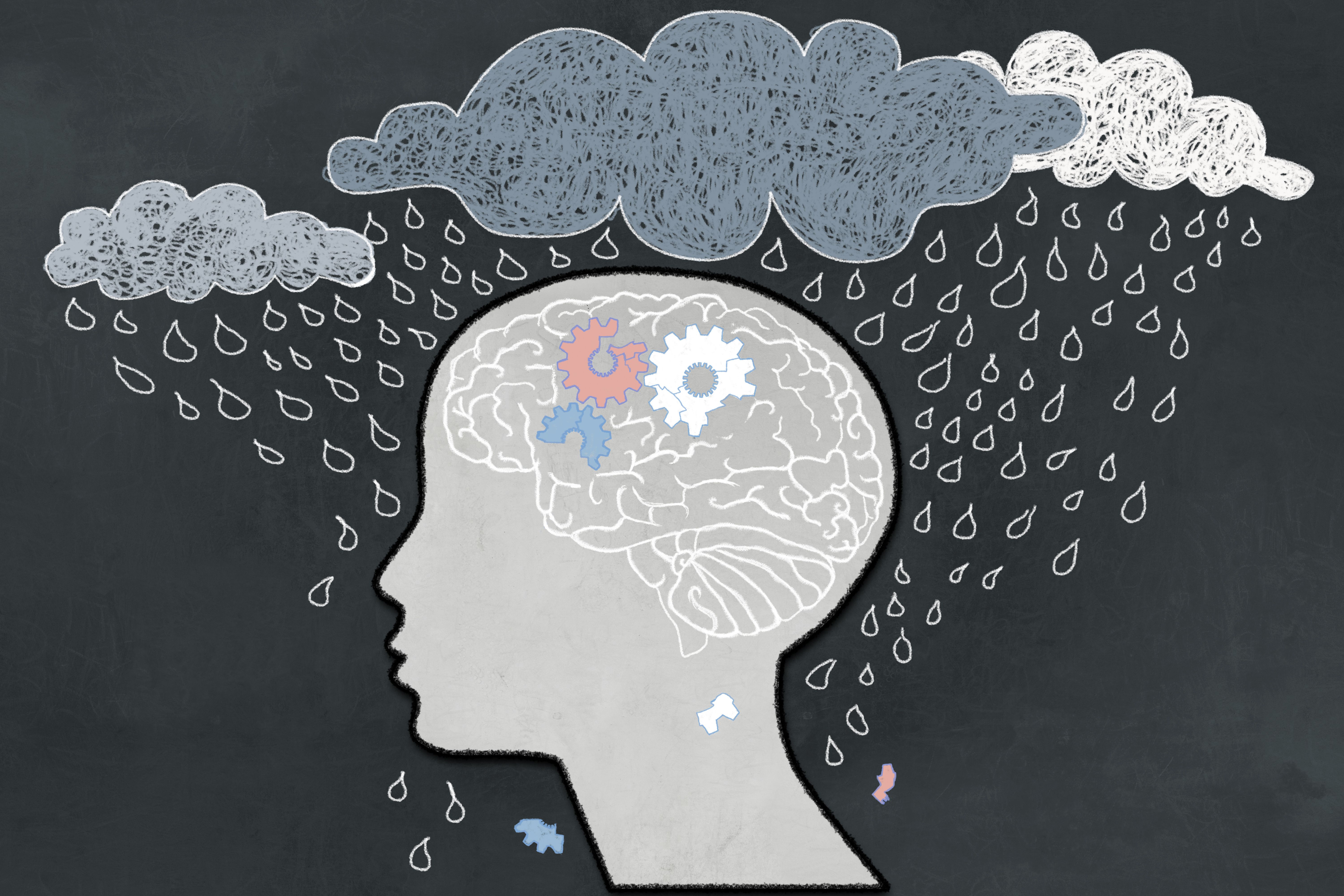Article
DSM5: An Open Process or Bust
Author(s):
The first drafts of DSM5 were posted 2 months ago, allowing the field and the public a first glimpse into what had previously been an inexplicably secretive process. Today is the last day for public comment on these drafts. This is a plea for continued openness and iterative interchange in the next steps in the preparation of DSM5.
The first drafts of DSM5 were posted 2 months ago, allowing the field and the public a first glimpse into what had previously been an inexplicably secretive process. Today is the last day for public comment on these drafts.
This is a plea for continued openness and iterative interchange in the next steps in the preparation of DSM5.
From its birth, DSM5 has been clothed with an unnecessary and distorting secrecy. The members of the DSM5 Work Groups were forced to sign confidentiality agreements that largely cut off the possibility of an open exchange with the field. Bob Spitzer, the Chair of the Task Forces for DSM III and for DSM IIIR, was the first to spot the secrecy problem. Early on, he called for an open DSM5 development process that would include postings of all minutes and of all new suggestions. He understood from vast experience that a thorough vetting was the best way to separate wheat from chaff.
Dr Spitzer's warnings went unheeded. The Work Groups conferred largely in isolation and with little supervision from the DSM5 leadership. The circle of advisors to DSM5 was small and highly selected to reduce critical review. Field trial plans were prepared in secret. True, some Work Groups occasionally presented at scientific meetings or provided sporadic and ambiguous minutes, but for the most part the first drafts of DSM5 were created in the dark and without the benefit of the wide, contemporaneous review that characterized all the previous DSM's.
The results were predictable. The first drafts of DSM5 are poorly written, inconsistent, idiosyncratic, and filled with suggestions that would create disastrous unintended consequences. But they were welcome nonetheless. At least and at last, their posting gave the field and the public a peek behind the curtain and an opportunity to provide guidance to the wayward Work Groups.
Unfortunately, however, there are still crippling limitations to the ongoing open interchange that will be absolutely necessary if DSM5 is to be salvaged. The period allotted for public comment has been far too short and ends arbitrarily and prematurely today. There is no mechanism in place to inform the field and the public about the nature of the criticisms received and the Work Groups' responses to them. (By the way, there has been a notable refusal to provide any point-by-point responses to my own detailed criticisms despite invitations to do so). We have no idea about how the crucial revision and editorial process is meant to be carried out and no indication whether we will have another open review before field trials are scheduled to begin.
The methods to be used for the DSM5 field test were finally posted just a week ago. They completely miss the point and are a prescription for continuing disaster (more on this in another blog). The point here is that the development of field trial methods should have begun 2 years ago and should have been done in an open way that would have allowed correction from the field. Instead a fatally flawed design has been offered at the last moment with no time or mechanism for iterative self-correction.
The DSM5 drafts are nowhere near ready for field testing and need to be subjected to an iterative revision process that finally allows the field an important role as contributing partner. The most obvious next step would be to post each new version of each revised criteria set (as it is being prepared) for continued real time review and comment. This would lose nothing and provide an early warning system to identify further trouble ahead. Unless the criteria sets are done right, the field trials will be a colossal waste of time, effort, and money and DSM5 may never be usable.
Based on what we have seen so far, it is unlikely that the criteria sets will be done right unless they are subjected to continuing scrutiny and input from the field. Similarly, the field trial design is a white elephant that needs external review and radical revision if it is to become at all relevant to future DSM5 decision-making.
Time is running out and the prognosis for DSM5 is becoming increasingly grim. Let us finally have an open DSM5 process to attempt a save before it is too late.





